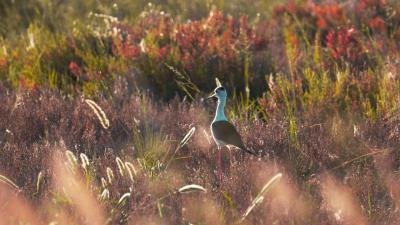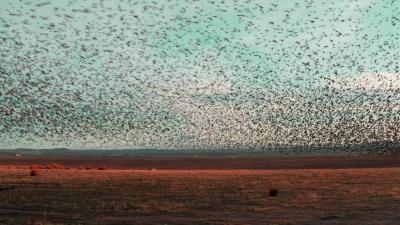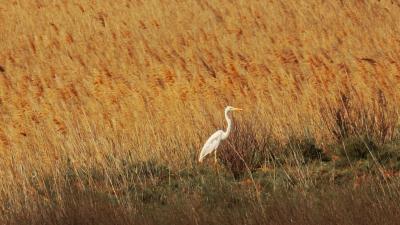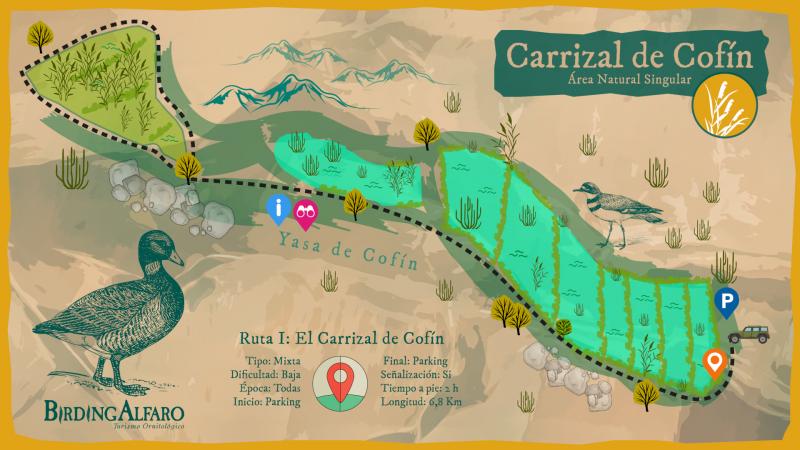The “Carrizal de Cofín” Singular Natural Area was declared a protected area in 2017. This area has some of the best preserved habitats of community interest in La Rioja, which is why they are protected and improvements have been made to the water conditions in the area, enhancing the existence of a wetland area integrated into the group of marsh and halophyte formations, and maintaining and improving the main environmental units that currently make up the area.
Área Natural Singular de Cofín
The Singular Natural Area of “Carrizal de Cofín” was declared a protected area in 2017. This space has some of the best preserved habitats of community interest in La Rioja, which is why they are protected and improvements have been made to the water conditions in the area by promoting the existence of a wetland integrated into the set of marshy and halophilic formations, and maintaining and improving the main environmental units that currently make up the area.
Gallery
CARRIZAL DE COFÍN
Just 3 km away from our town we find practically all the dry land and farmland areas of the town, areas of clay soils, reedbeds, salt flats, reeds, tamarisks and semi-permanent waters. Because of being in a dry Mediterranean climate there are no rivers, ravines, or streams, we will only find some seasonal ravines that collect rainwater and some temporary ponds.
Years ago this area was used for various crops, finding old rice tables now transformed into thick patches of reed, or areas where the tables were used by the local chairs cooperatives where cattails of two different species were grown for the production of chairs and basketry containers.
- Área Natural Singular
The “Carrizal de Cofín” Singular Natural Area was declared a protected area in 2017. This area has some of the best preserved habitats of community interest in La Rioja, which is why they are protected and improvements have been made to the water conditions in the area, enhancing the existence of a wetland area integrated into the group of marsh and halophyte formations, and maintaining and improving the main environmental units that currently make up the area.
- Flora
As far as vegetation is concerned, the reed "Phragmites australis" is the predominant species in the area, accompanied by the "Juncus subulatus” reed, "Tamarix canariensis” tamarisks, and "Juncus acutus" rushes, characteristic species of the salt marsh such as the "Suaeda vera" sosas, "Salicornia patula" salicorn , or the "Limonium vicisoi" limoniums. Taking into account the different plant species found in the area, as well as the seasonality of its waters, we could define this curious place as a "small inland marsh".
- Fauna
The fauna of the reedbed is made up of various species of mammals such as the abundant rabbits, wild boar, foxes and otters, but the most diverse and numerous group is that of birds. The temporary waterlogged conditions, as well as the well-preserved habitat, favor the observation of numerous birds, both seasonal and resident: migratory waders such as black-tailed godwits, redshanks and ruffs, various water birds, herons, numerous birds of prey such as marsh harriers and black kites and a wide range of species that use the reedbed as a refuge area such as the numerous starlings, thrushes, marsh buntings, chiffchaffs and it is even possible to observe the rare and shy bearded reedling.
Maps
List of birds



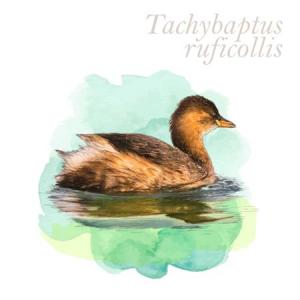



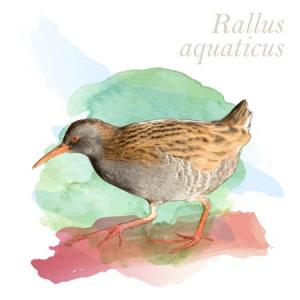
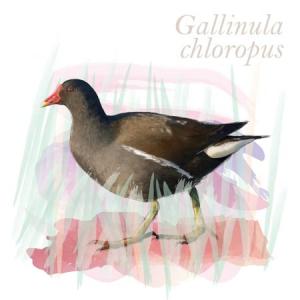
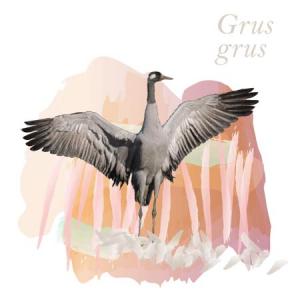





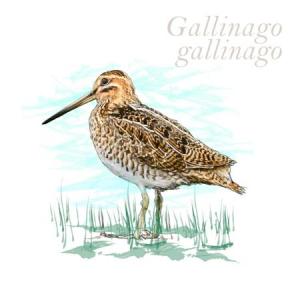
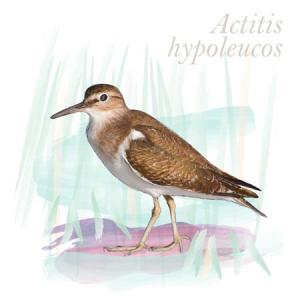


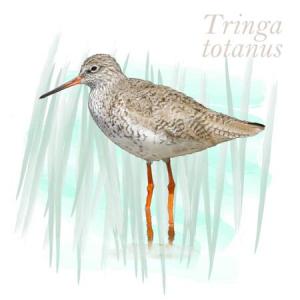


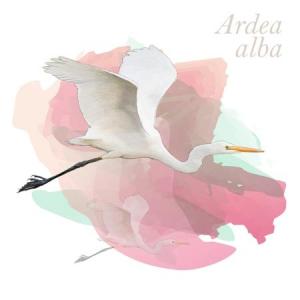


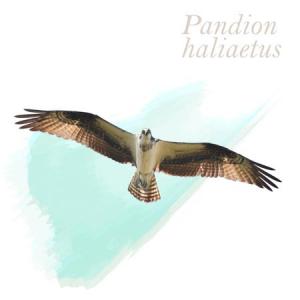

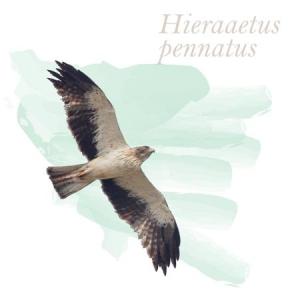
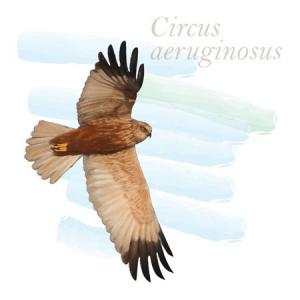
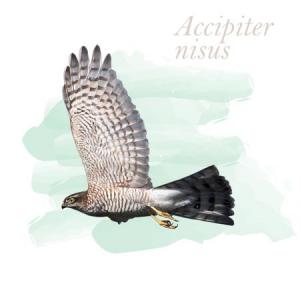




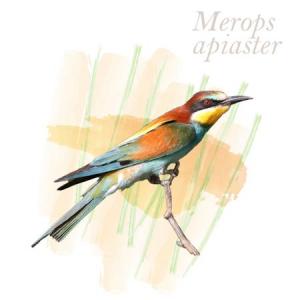

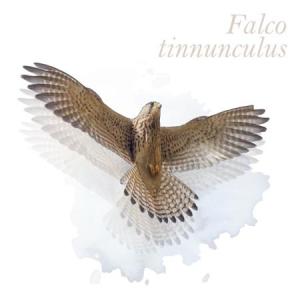
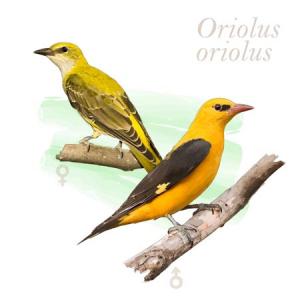



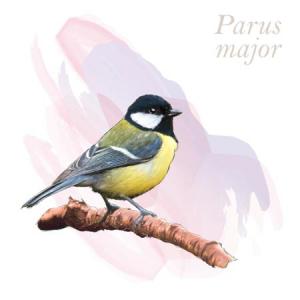





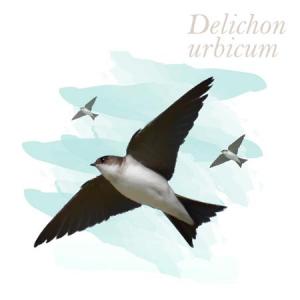
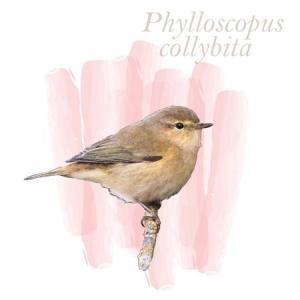













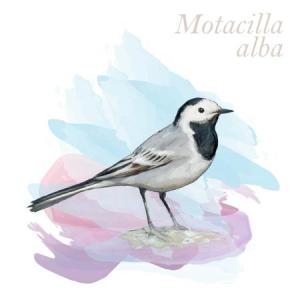


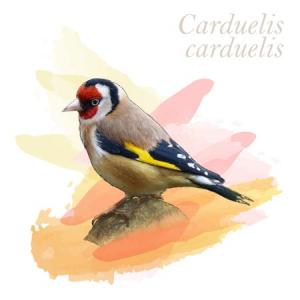



| SPECIES NAME | COUNT | DATE | |
|---|---|---|---|
| No observations have been recorded in the last 15 days. | |||







